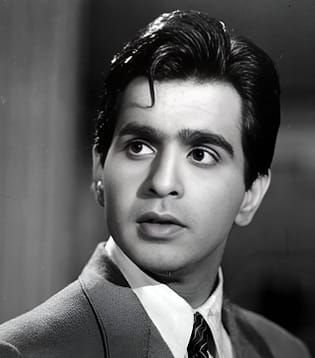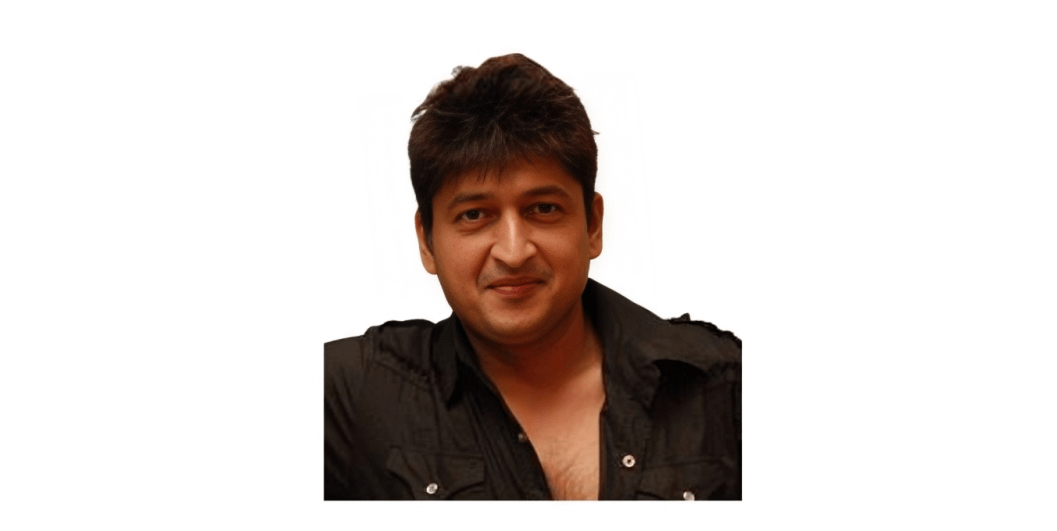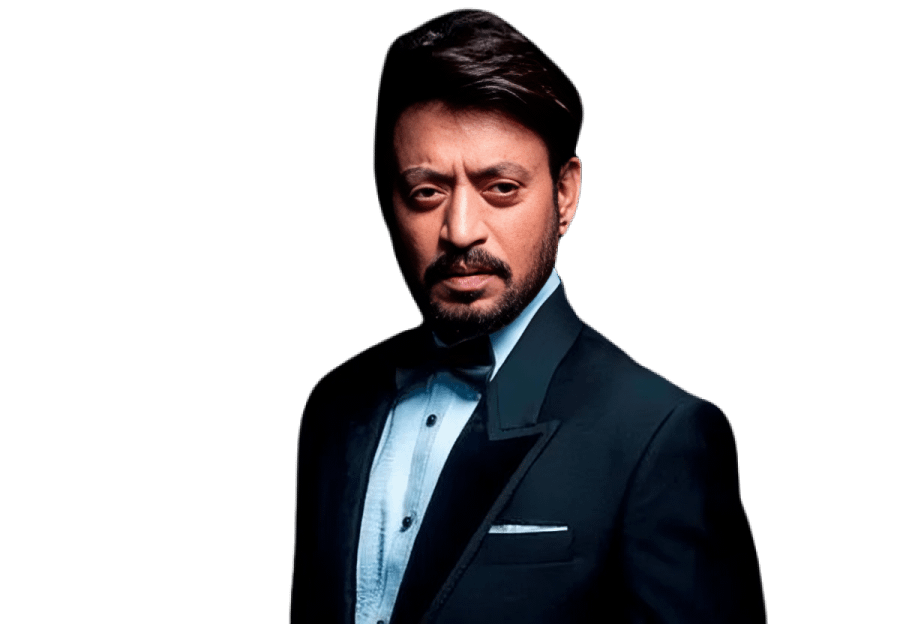
Dilip Kumar:- Early Life and Background Introduction.
Dilip Kumar, born as Muhammad Yusuf Khan on 11 December 1922 in Peshawar, British India (now in Pakistan), was one of the most celebrated actors in the history of Indian cinema. He belonged to an Awan family and was one of twelve siblings. His father, Lala Ghulam Sarwar, was a fruit merchant, and his family relocated to Bombay (now Mumbai) in the late 1930s.
Dilip Kumar’s early education took place at Barnes School in Deolali, near Nasik. His fluency in multiple languages—Urdu, Hindi, English, and Pashto—was a result of his rich cultural upbringing. Due to family circumstances, he ventured into business early in life. He started a sandwich stall in Pune, which helped him become financially independent. It was during these years of self-discovery that he unknowingly paved the path toward a remarkable cinematic journey.
Entry into Films
Dilip Kumar’s foray into films happened almost by chance. In 1943, he met the legendary actress and studio owner Devika Rani, who offered him a role in her production company Bombay Talkies. It was Devika Rani who suggested he adopt a screen name more suitable for a pan-Indian audience—thus, Muhammad Yusuf Khan became Dilip Kumar.
He made his acting debut with the film “Jwar Bhata” (1944), which failed to make an impact. However, this setback didn’t discourage him. Over the next few years, he appeared in a series of films that gradually established him as a rising star. His breakout performance came with “Jugnu” (1947), opposite Noor Jehan, which became a box-office success.
Rise to Stardom
The 1940s and 1950s were defining decades for Indian cinema, and Dilip Kumar was at the forefront. With films like “Shaheed” (1948), “Andaz” (1949), and “Jogan” (1950), he showcased an intensity and realism that were rare in that era. “Andaz,” co-starring Raj Kapoor and Nargis, was a major hit and established Kumar as a leading romantic hero.
Dilip Kumar was known for his unique approach to acting. Unlike many of his contemporaries who followed theatrical styles, Kumar brought subtlety and depth to his roles. He was the first method actor of Indian cinema, often immersing himself completely into his characters. His performances in “Deedar” (1951) and “Daag” (1952) solidified his image as the “Tragedy King“, a tag he would carry throughout his career.
He was so convincing in his tragic roles that he began experiencing depression in real life. On the advice of a psychiatrist, he consciously took up lighter roles to balance his emotional health. Films like “Aan” (1952), a technicolor swashbuckler by Mehboob Khan, and “Azaad” (1955) gave him the opportunity to explore different genres.
Golden Era of the 1950s and 1960s
The 1950s and 1960s saw Dilip Kumar deliver some of the greatest performances in Indian film history. His collaborations with top directors and actresses produced cinematic gems that are still revered today.
One of his most iconic films was “Devdas” (1955), directed by Bimal Roy. Playing the role of a doomed lover, Kumar’s portrayal of Devdas is often cited as the definitive interpretation of the character. His ability to convey pain and emotional torment set a new benchmark in Indian acting.
Another monumental film was “Mughal-e-Azam” (1960). Directed by K. Asif, this historical epic took nearly a decade to complete. Dilip Kumar played Prince Salim, whose love affair with the courtesan Anarkali (played by Madhubala) becomes the central conflict of the film. The film was a massive success and is considered one of the greatest films ever made in India.
In “Naya Daur” (1957), Kumar portrayed a tonga driver in a rapidly industrializing village, reflecting the tensions between tradition and modernity. The film’s social message, combined with his stellar performance, resonated with audiences.
Other notable films during this era included “Yahudi” (1958), “Paigham” (1959), “Leader” (1964), and “Ram Aur Shyam” (1967)—where he played a double role with comic brilliance, proving his versatility yet again.
Romance and Marriage with Saira Banu
Dilip Kumar’s personal life was as intriguing as his on-screen performances. Over the years, his relationships with actresses such as Madhubala and Vyjayanthimala made headlines. His love story with Madhubala, especially during the filming of “Mughal-e-Azam,” remains one of Bollywood’s most talked-about romances, though it ended tragically due to familial opposition and legal disputes.

In 1966, at the age of 44, Dilip Kumar married Saira Banu, who was 22 at the time. Despite the age gap, their marriage remained strong and affectionate. Saira Banu stood by his side through every phase of his life, including his long illnesses in later years.
Later Career and Hiatus
By the late 1960s and 1970s, a new generation of actors like Rajesh Khanna and Amitabh Bachchan began dominating the box office. Though Dilip Kumar’s presence diminished, he continued to deliver powerful performances in select films.
In “Gopi” (1970) and “Bairaag” (1976), he retained his stature as a serious actor. He then took a five-year hiatus from acting and returned with “Kranti” (1981), directed by Manoj Kumar. The film was a grand success and re-established him as a relevant actor for a new generation.
In the 1980s, Dilip Kumar transitioned into character roles. His portrayal in “Shakti” (1982) opposite Amitabh Bachchan was highly praised. The father-son conflict, handled with nuance and intensity, earned Kumar the Filmfare Best Actor Award yet again.
He later appeared in films such as “Karma” (1986), “Saudagar” (1991), and “Qila” (1998)—his final film. His retirement from acting marked the end of an era.
Awards and Recognitions
Dilip Kumar’s contribution to Indian cinema is immeasurable. He received numerous accolades throughout his career:
- Filmfare Awards: He holds the record for the most Filmfare Best Actor wins (8), a record he held for many years.
- Dadasaheb Phalke Award: India’s highest award in cinema, which he received in 1994.
- Padma Bhushan (1991) and Padma Vibhushan (2015): Among India’s highest civilian honors.
- Nishan-e-Imtiaz: Pakistan’s highest civilian award, bestowed in 1998, making him one of the few Indians to receive it.
In 2000, he was also nominated to the Rajya Sabha, the upper house of India’s Parliament.
Legacy and Influence
Dilip Kumar’s influence on Indian cinema cannot be overstated. He was the benchmark for serious, methodical acting and inspired generations of actors. Icons like Amitabh Bachchan, Shah Rukh Khan, and Aamir Khan have acknowledged him as a major influence.
He revolutionized acting with his naturalistic style and gave Indian cinema a maturity and depth it lacked before. Unlike many stars of his time, he was selective about his roles and avoided overexposure. This careful curation of his filmography ensured a consistently high standard.
Beyond the screen, Kumar was known for his humility, intellect, and commitment to public service. He played a role in nation-building post-independence and was involved in several charitable causes.
Final Years and Death
In his later years, Dilip Kumar stayed away from the public eye, mainly due to health issues. He suffered from various age-related ailments and was frequently hospitalized.
On 7 July 2021, Dilip Kumar passed away in Mumbai at the age of 98 due to prolonged illness. His death was met with national mourning. Political leaders, film personalities, and fans across the globe paid tribute to the man who had become a legend in his lifetime.
He was buried with state honors at Juhu Qabrastan, Mumbai. His funeral was attended by dignitaries from various walks of life, further underlining his stature.
Conclusion
Dilip Kumar was not just a film actor; he was a phenomenon who redefined the craft of acting in Indian cinema. From intense tragedies to light-hearted roles, he exhibited a range and sensitivity that remain unmatched. His legacy continues to live on in the work of actors and filmmakers he inspired.
Through his memorable performances, timeless films, and exemplary personal conduct, Dilip Kumar earned the love of millions and carved a permanent place in the annals of cinematic history. As the “Tragedy King” and one of the greatest actors the world has seen, his legacy will shine for generations to come.



8 thoughts on “Dilip Kumar: The Tragedy King of Indian Cinema.”